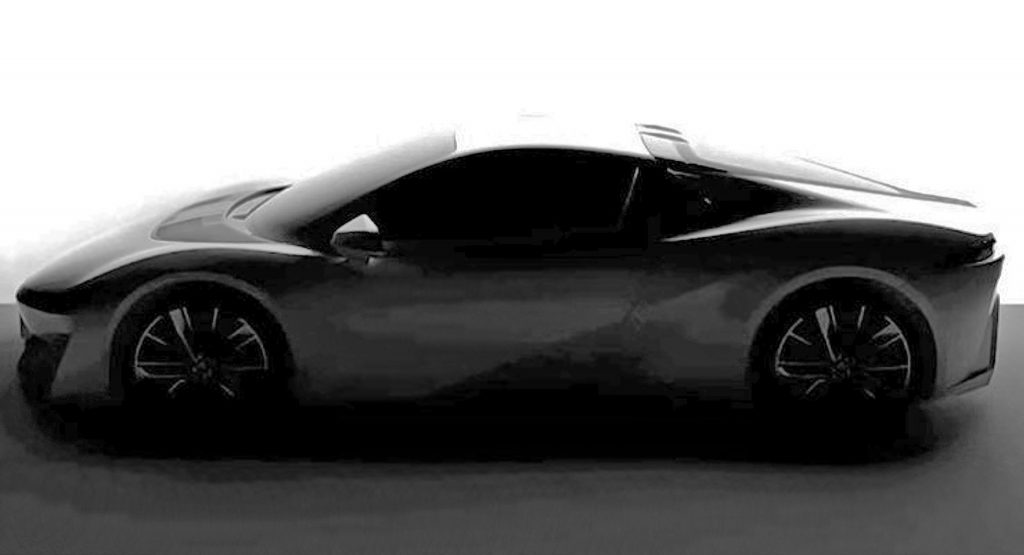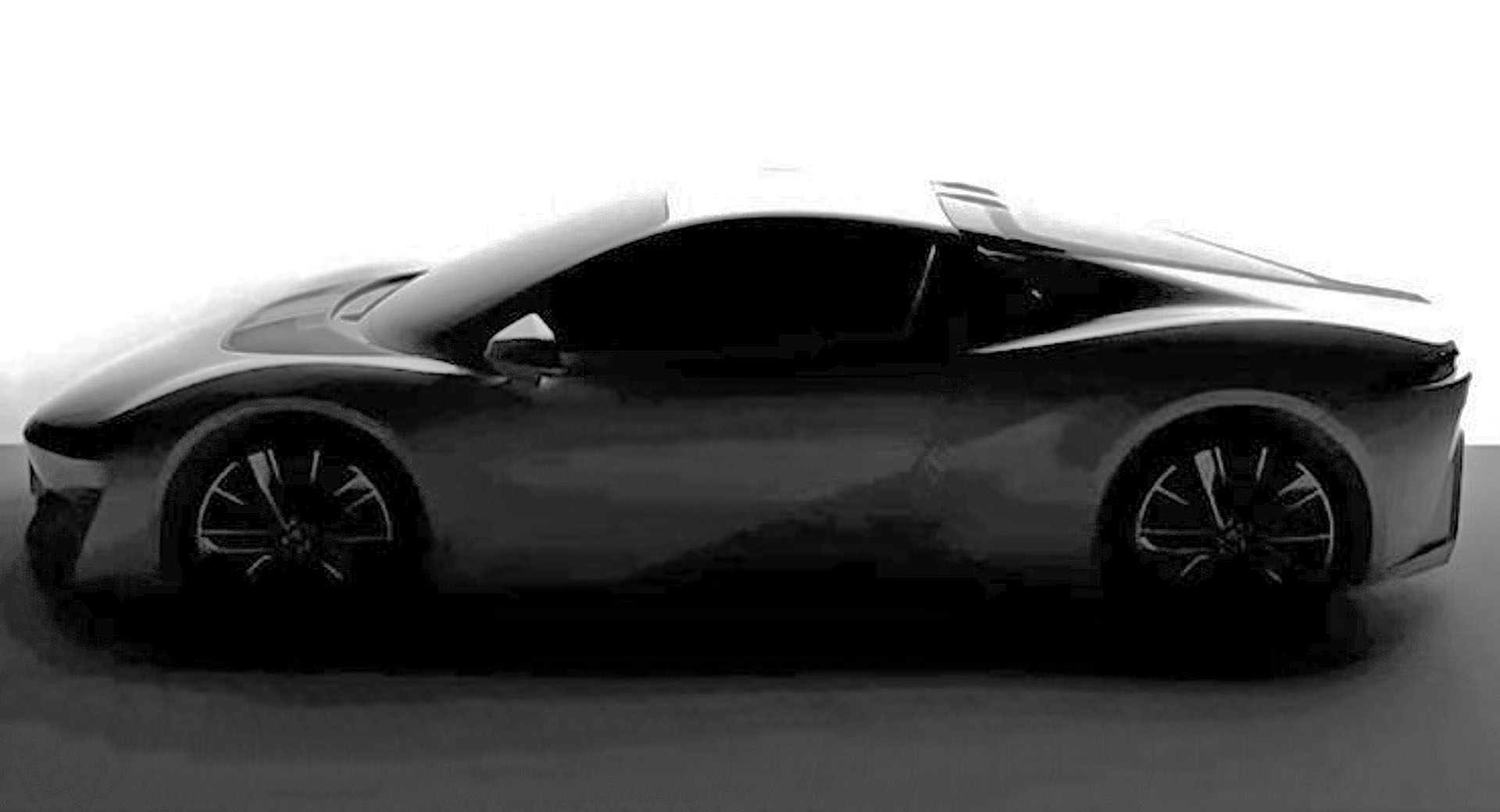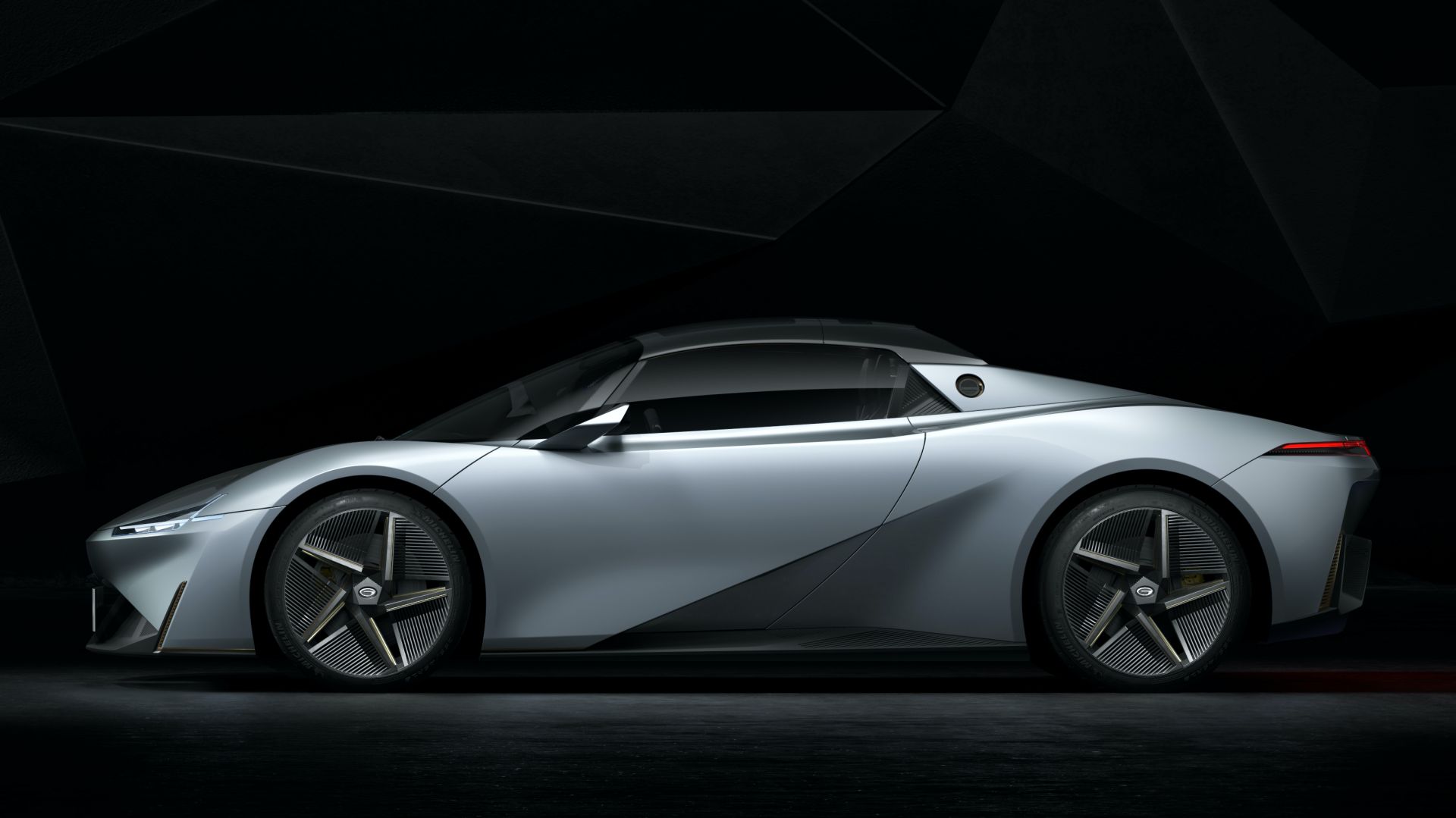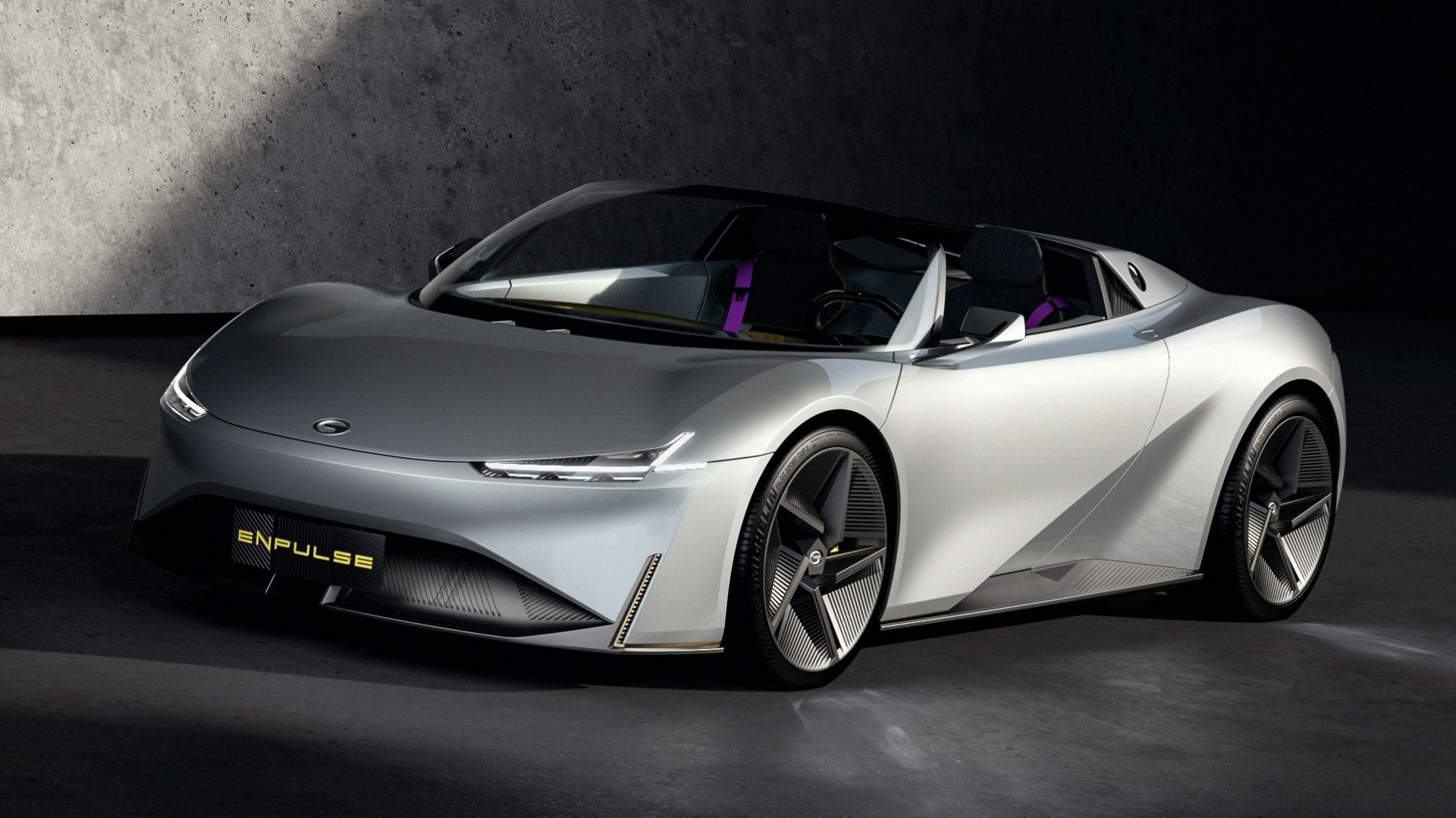Chinese carmaker GAC (Guangzhou Auto Corporation) will launch a fully electric supercar in 2022 under the Aion brand, capable of accelerating from 0-100 km/h (0-62 mph) in 1.9 seconds.
The model, rumored to be called the AS9, was confirmed by Feng Xingya, Guangzhou Automobile Group president, during the announcement of financial results. The official teaser shows a low-slung silhouette typical of mid-engined supercars with pronounced fenders and a sculpted profile with lines reminiscent of the Ferrari SF90 Stradale.
Read Also: Saleen Announces Electric Supercar While Looking For Investors
The design of the supercar looks like an evolution of the GAC Enpulse concept that debuted at the 2020 Beijing Auto Show, although this one came with a removable roof. Incorporating a design language called Vector Energy, the model looks like a direct competitor to the Tesla Roadster.
The halo model will join the GAC Aion range that consists of three SUVs (Aion Y, Aion LX Plus, Aion V Plus) and two sedans (Aion S / Aion S Plus). We don’t have information about the specifications of the EV powertrain, other than the impressive acceleration figure. Currently, the brand’s most powerful offering is the GAC Aion LX Plus with dual electric motors producing a combined 725 hp (540 kW / 734 PS). The electric SUV accelerates from 0-100 km/h (0-62 mph) in 2.9 seconds but we guess engineers could slash that time taking advantage of the supercar’s lighter and more aerodynamic body.
According to reports from Car News China, GAC’s supercar will cost around ¥1,000,000 ($157,170) with the first deliveries expected for late 2022 or early 2023. This is quite affordable, especially compared to likes of the Rimac Nevera ($2.4 million) and the Lotus Evija ($2.75 million) although those models are better described by the term hypercars with limited production. The fastest-ever GAC will also be cheaper than the much-anticipated and ever-delayed Tesla Roadster ($200,000) while offering similar performance. The question is would you buy a (relatively) value-for-money Chinese supercar if you had the chance?







